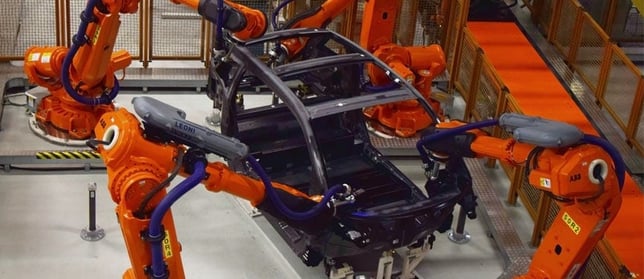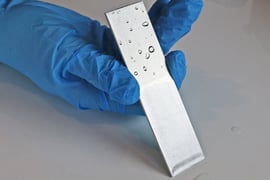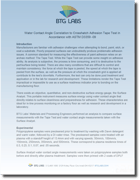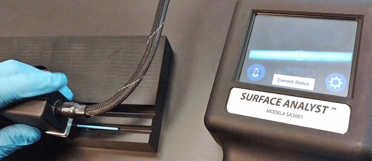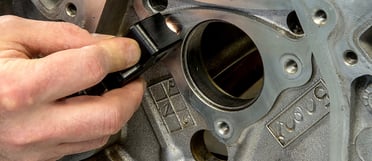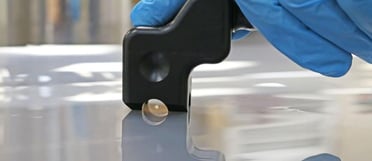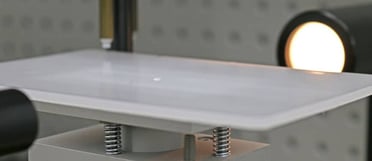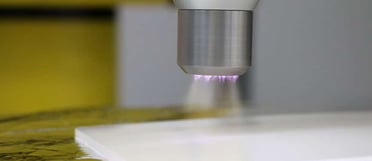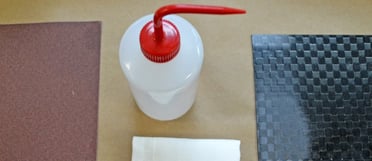Rapid Development of Surface Treatment Processes for Bonding Dissimilar Materials
A recent concept in automotive lightweighting is that of the ‘joining of dissimilar materials.’ The purpose is to allow tailoring the materials in a structure so as to ensure that each part of the structure has the optimum mechanical properties and minimum weight. An example would be the bonding of...
Read
Topics:
Posts by Topic
Correlating Water Contact Angle With Water Break Measurements as an Indicator of Surface Energy
The water break test is a common pass/fail method used to evaluate surfaces for the presence of hydrophobic contaminants, which can be detrimental to the adhesion performance of paint or an adhesive. It is a qualitative means of evaluating surface energy, which is directly related to surface...
Read
Topics:
Water Contact Angle Correlation to Crosshatch Adhesion Tape Test in Accordance with ASTM D3359-09
Manufacturers are familiar with adhesion challenges when attempting to bond, paint, etch, or coat a substrate. Poorly prepared surfaces can undoubtedly produce problematic adhesion issues.
Read
Topics:
Rapid Evaluation of Surface Properties of Medical Tubing for Process Development and Quality Assurance
This paper is a joint creation between Brighton Science and Teleflex Inc., a prominent provider of medical devices such as medical tubing.
Read
Topics:
Control of Cleaning Processes to Maximize Sealant Performance
Cleanliness in automotive powertrain manufacture is critical for several reasons. Particulates generated in the various casting and machining processes must be effectively removed to prevent both the premature wear of sliding and rotating parts as well as the catastrophic failure of components such...
Read
Topics:
Rapid Surface Treatment Quality Checks for Reliable Polymer Adhesion
This work presents the results of investigations into the ability of the ballistic drop deposition technique to measure surface treatment in the corona and flame-treated oriented polypropylene films.
Read
Topics:
Water Contact Angle as a Quantitative Measure of Total Polyethylene Surface Energy
A wide variety of plasma treatments were performed on polyethylene surfaces, resulting in a wide range of total surface energies.
Read
Topics:
Contact Angle and Surface Analysis of Plasma-Treated Polypropylene
The Surface Analyst™ rapidly obtains contact angle measurements from surfaces via Ballistic Deposition, whereby a small drop of liquid (usually water) is constructed in situ on the surface via a pulsed stream of nanoliter-sized droplets.
Read
Topics:
How Solvent Wiping and Sanding Affect Surface Energy and Cleanliness
Solvent wiping and sanding procedures can greatly affect the surface energy of a substrate. To investigate the surface energy differences following different preparation procedures of an epoxy/composite laminate, several different surface conditions were created utilizing different cleaning...
Read
Topics:

